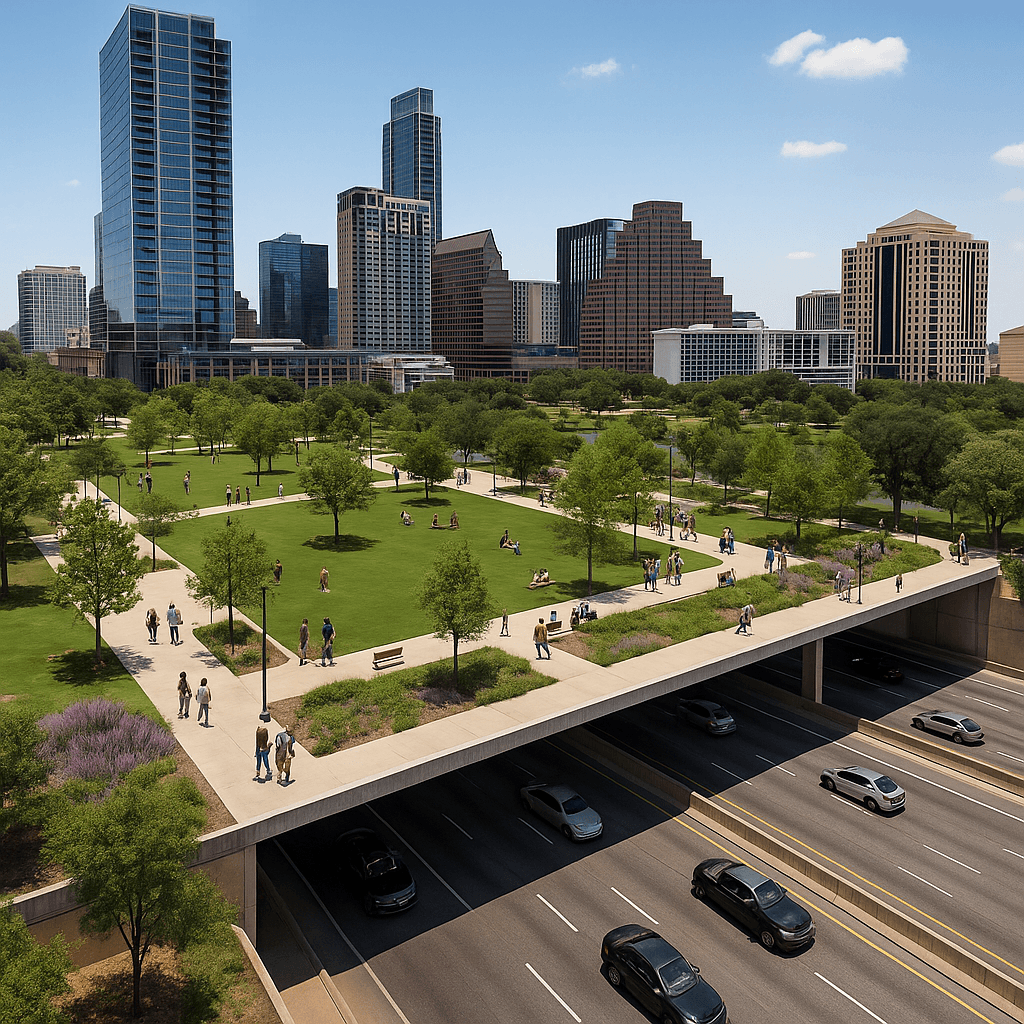- Austin has some of the most restrictive compatibility requirements in the country for a city of its size.
- The City Council voted last week to ease some of those restrictions.
- While this is a good start to solving our affordable housing issues, it is just a baby step to fixing the entire problem.
We talk a lot in this blog about housing. I guess we talk a lot about housing in this town in general. There’s a reason for that, of course. There is no bigger issue in Central Texas than affordable housing. And how we deal with it is going to dictate how this area thrives and survives in the future. Not to mention this is nominally a real estate blog.
To that end, I have been an unabashed supporter of increased density. I think it is the key to making sure we have enough housing to meet the incredible growth we are seeing – and will continue to see.
Well this past week the Austin City Council took some small steps to help alleviate the roadblocks to affordable housing. So that’s what we are going to talk about this week.
What Affordable Housing Measure did the Austin City Council Vote On?
On June 9, the Austin City Council had a marathon session that mainly revolved around trying to solve Austin’s affordable housing issues. Specifically, the Council addressed compatibility issues. This was the first vote of the Council. If fully approved, the new ordinance will likely go into effect this fall.
If you are not familiar, currently a building on a road that is within 420 feet of a single family home can only be 60 feet tall. This, obviously, hurts housing density as it limits the number of units that a developer can build – especially along transportation corridors.
So at the hearings the City Council voted to increase the heights a little. I got the two charts below from Jack Craver’s daily email – which, I HIGHLY recommend subscribing to. Its incredibly informative on Central Texas political issues.

The first chart shows how high developers will be able to build in larger corridors. As I wrote above, currently the rule is 60 feet. But under the new proposed rules, developers could go to 65 feet up to 200 feet from a shingle family home and 90 feet if the home is more than 200 feet away.

The second chart is for medium corridors. As you can see, the restrictions are similar but more restrictive.
In addition to this, the City Council also added a new zoning class category – VMU2. As a result (as is also pictured by the yellow in the two charts), developers will be able to build to 90 feet in a compatibility area if they agree to provide some affordable housing in the development. That will likely mean 12% of the units have to be reserved for folks who make 60% of the metro median family income in the area.
What Does this Mean for Affordable Housing?
It’s a start. That’s really all it is. Austin’s compatibility rules were adopted in the 1980s. At the time – as many of you know – Austin was a MUCH different city. In 1980, the Austin metro area had just under 400,000 residents. Today we have over 2.1 million. And there is no end in sight for that growth.
Yet despite that growth, Austin has some of the most restrictive compatibility requirements in the country for a city of its size. And these restrictions are severely harming the amount of housing available in the city. Because, obviously, the higher that developers can build, the more housing they can provide. And, of course, with more units the projects become more profitable for developers and, as a result, more projects will get built.
So we should all be thankful that the City Council is looking to reduce compatibility restrictions on new developments. It’s a good start. But we just cannot stop there. Because its just a baby step on the path to fixing our affordable housing issues.



